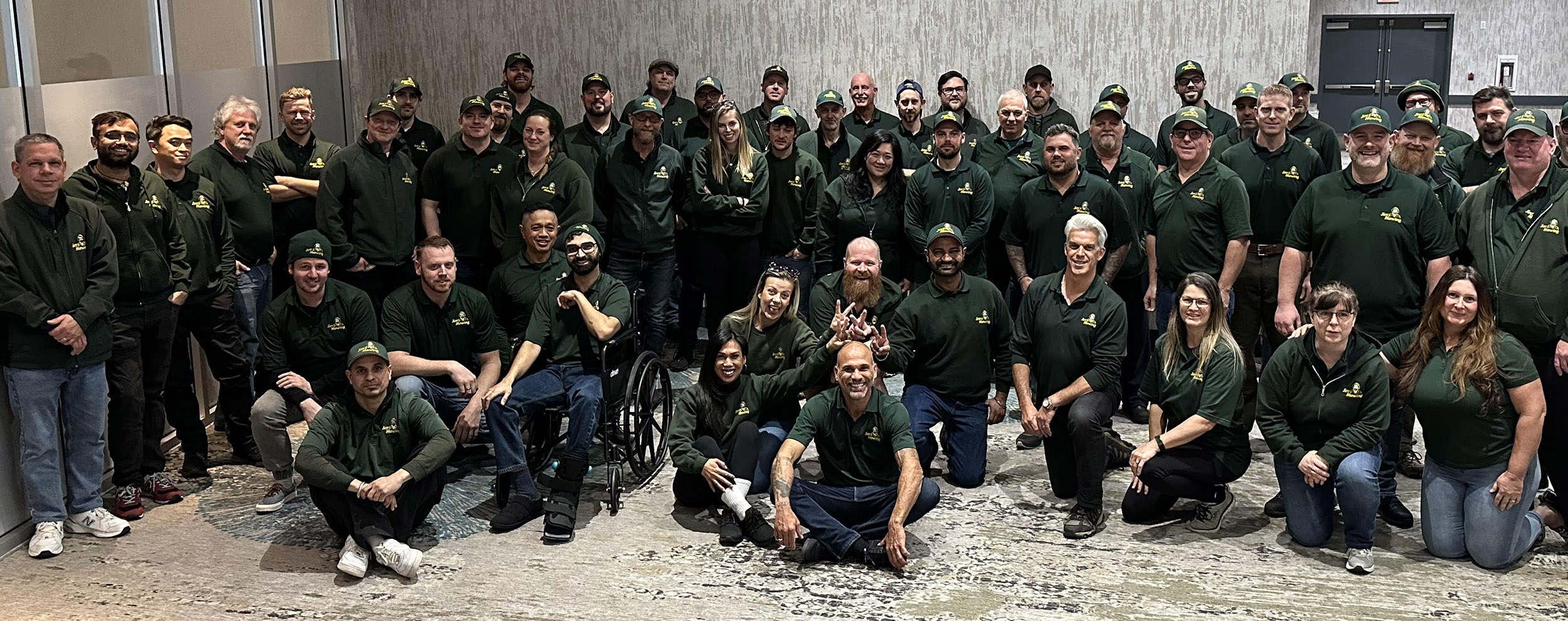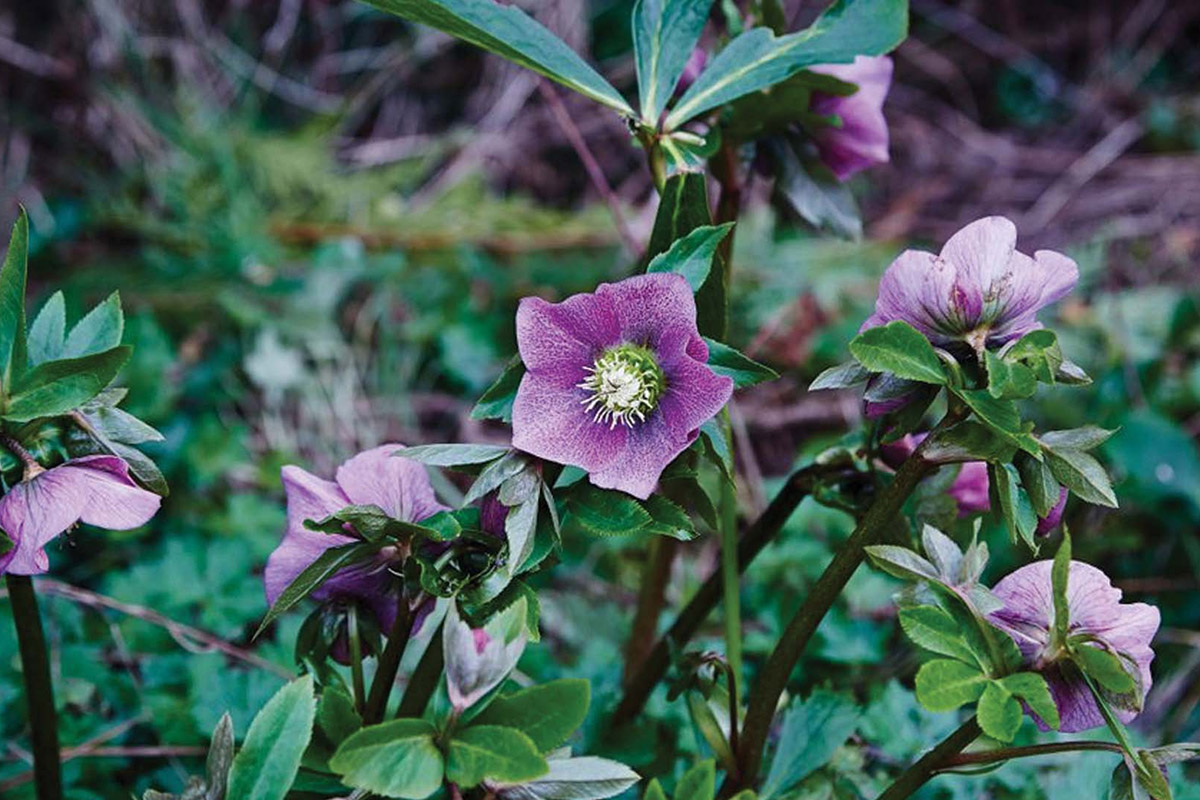
Winter can present difficulties for plants accustomed to warmer climates, particularly in a region like British Columbia. As temperatures decrease, it becomes essential to take specific measures to safeguard your heat-loving plants and help them endure the cold winter months. This article delves into effective strategies tailored to the British Columbia climate, offering guidance on how to care for and nurture your sun-loving garden gems, enabling them to thrive once spring emerges.
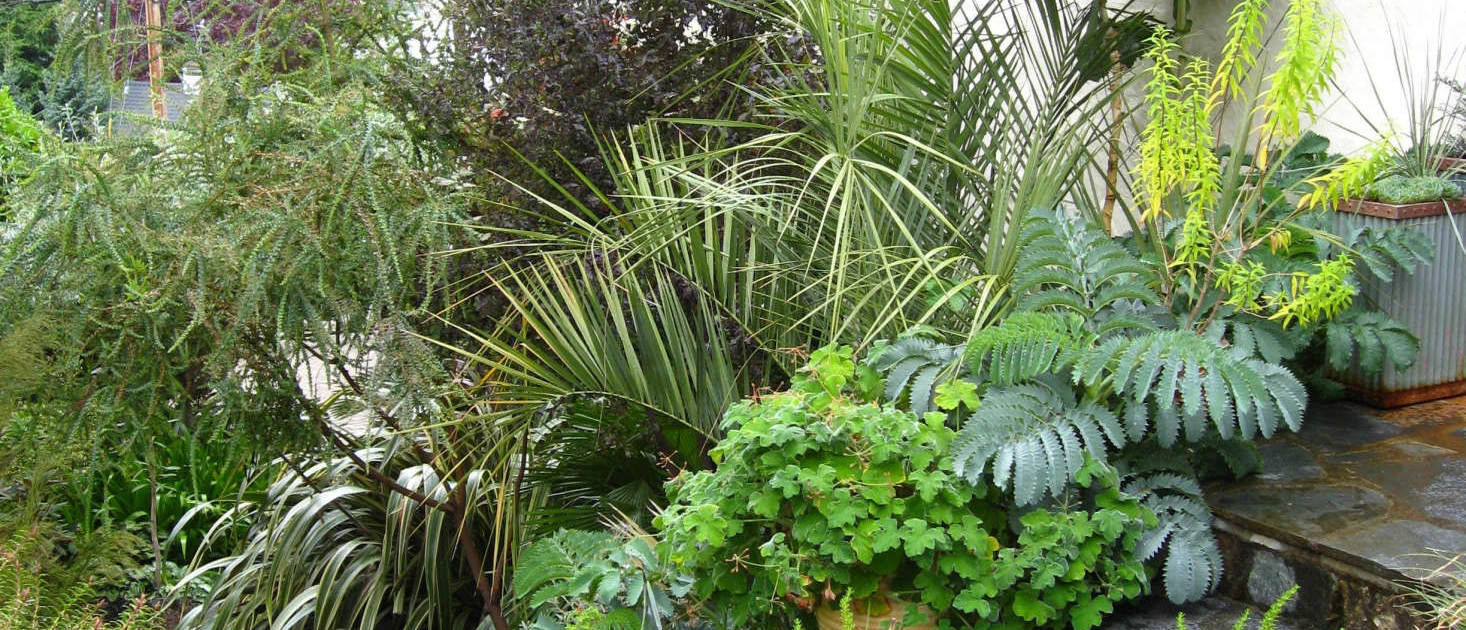
Identify the Plants
Identify the Plants
Understanding the unique needs of your garden’s plants is key to their successful winter maintenance, particularly in British Columbia. Pinpoint the species that flourish locally, including indigenous plants or those adapted to the area’s climate. Investigate their resistance to cold and optimal conditions for winter by conducting research, allowing you to tailor your care approach effectively.
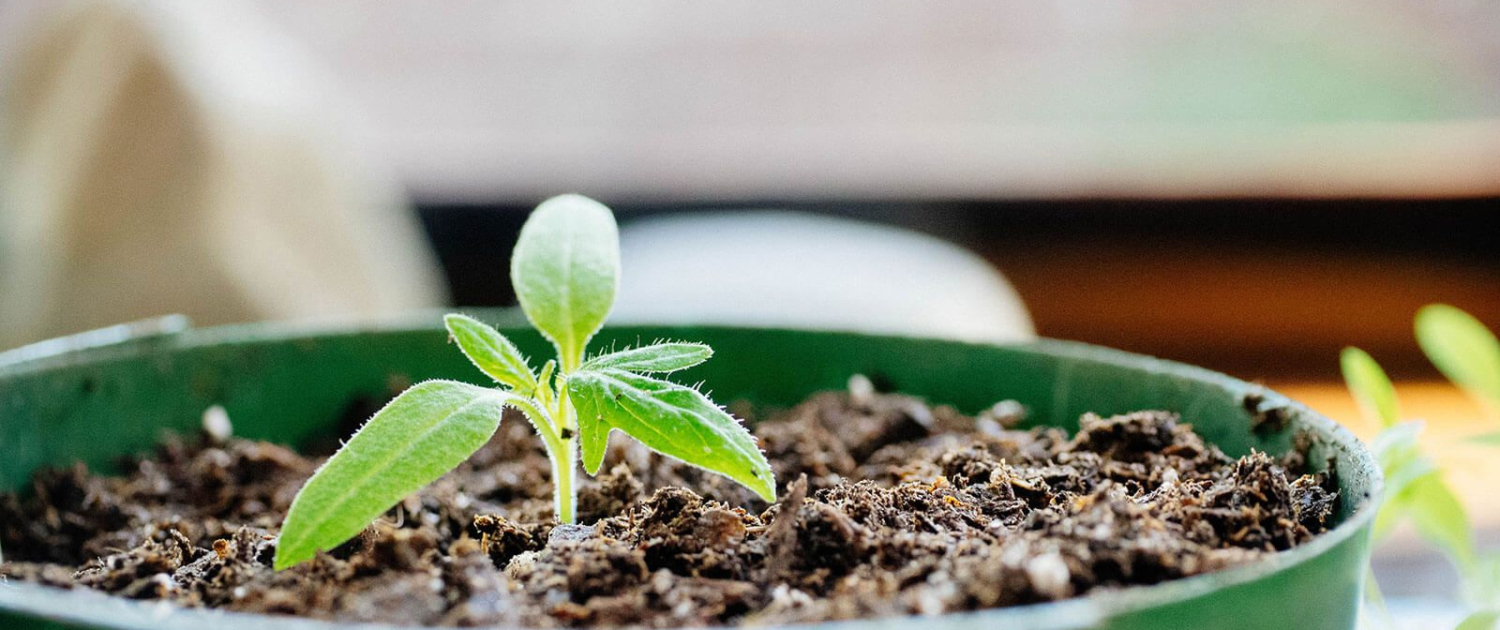
Take the Plants Inside
Take the Plants Inside
In British Columbia, for potted plants, it’s recommended to move them inside before the first frost arrives. Place them near windows to maintain access to sufficient sunlight. Tropical plants can thrive indoors during the winter months in British Columbia if they receive adequate care, including appropriate light, humidity, and periodic fertilization.
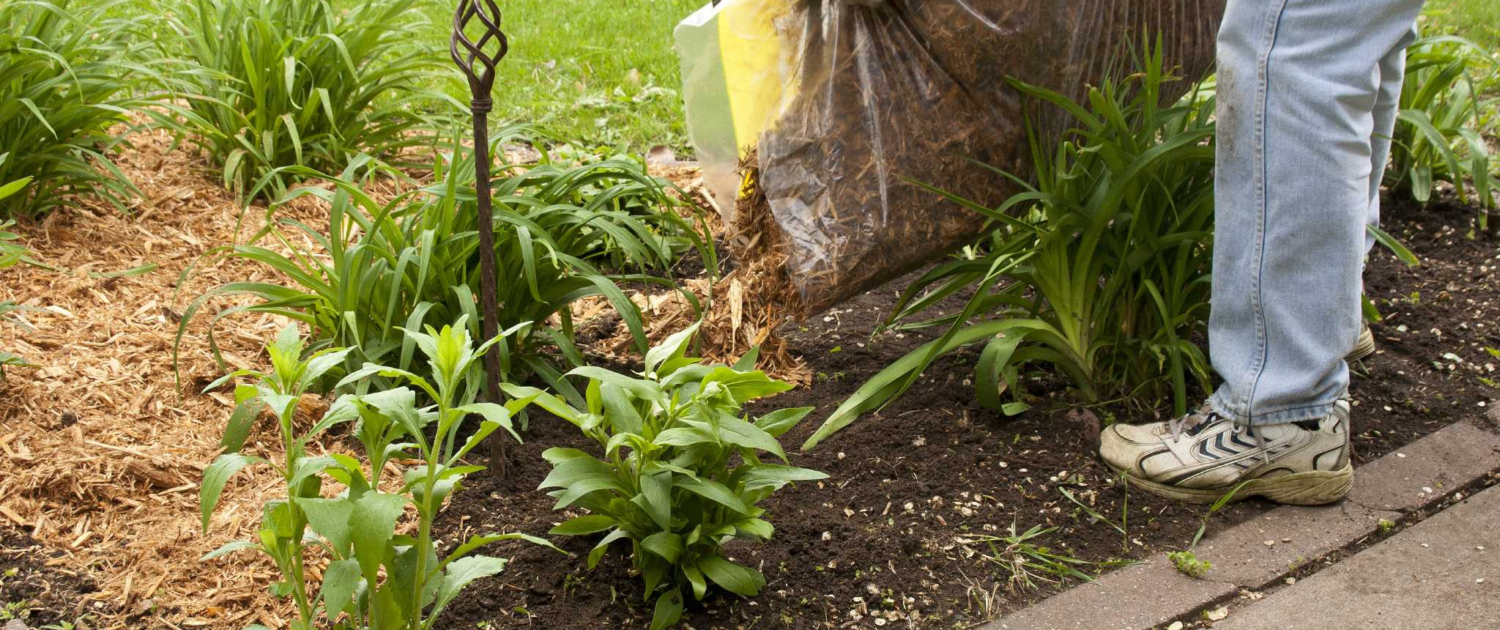
Cover the Plants with Mulch
Cover the Plants with Mulch
Mulching is an excellent strategy for protecting the roots of heat-loving plants, especially within the climatic conditions of British Columbia. By spreading a thick layer of organic mulch around the base of the plant to cover the root area fully, you create an insulating barrier. This helps keep soil temperatures consistent and prevents frost heaving, which can endanger root health during the colder periods in British Columbia.
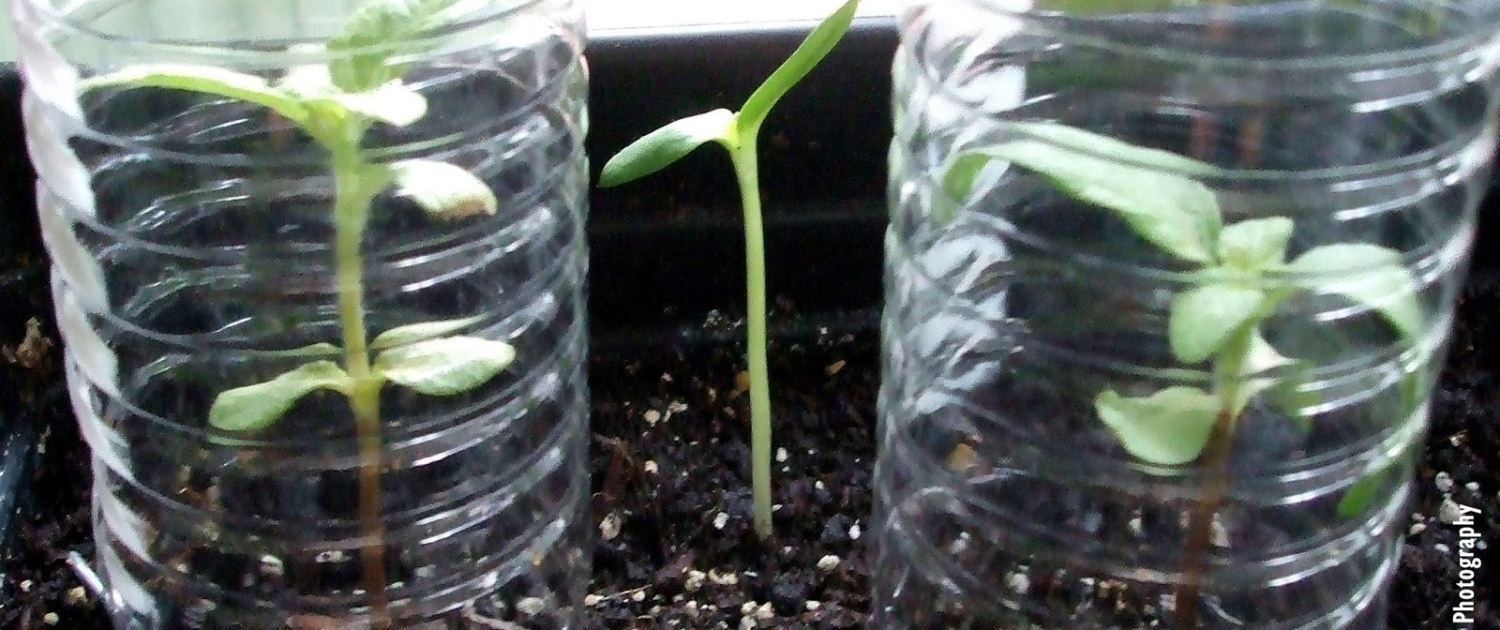
Secure and Enclose
Secure and Enclose
For outdoor plants in British Columbia that cannot be moved inside, using protective materials such as burlap or frost cloth is advisable. Construct a simple frame to surround the plant and cover it with the material. This technique traps heat from the ground and serves as a barrier against harsh winds, frost, and snow, while ensuring the covering does not make direct contact with the foliage.
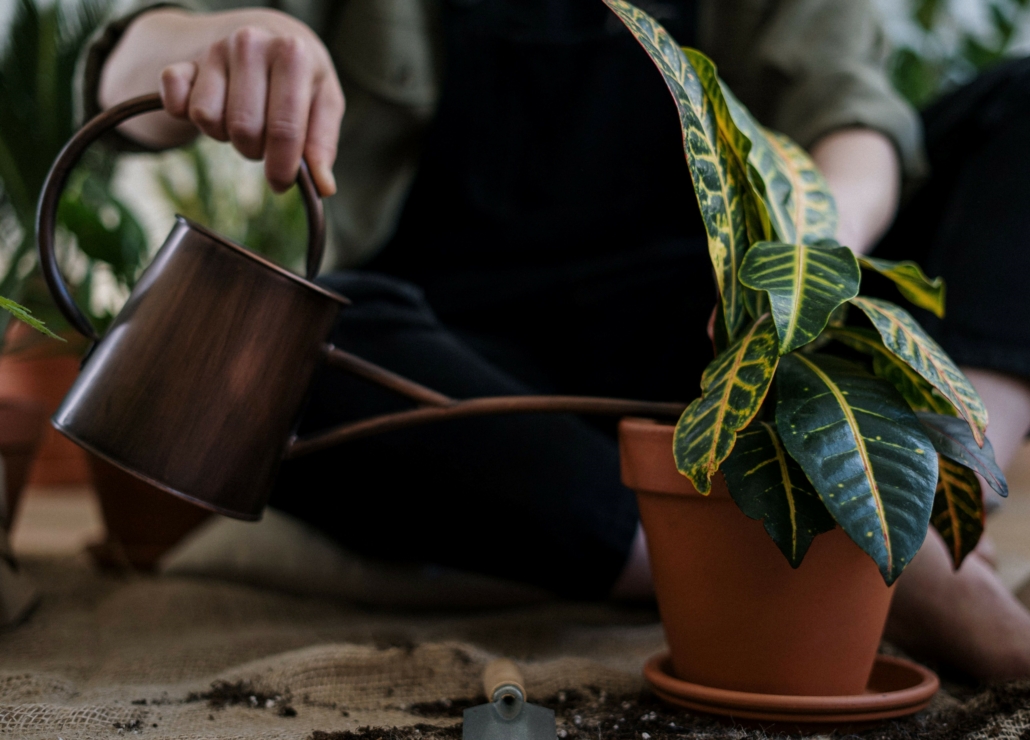
Hydrate your Plants
Hydrate your Plants
During British Columbia’s winter, plants often need less water because they grow more slowly. However, it’s important to water warm-loving plants well before the first freezer arrives. Soil that is moist can hold heat better than dry soil. Be careful not to water too much, as overly wet soil can lead to root rot. Monitor the soil’s moisture closely and water carefully, especially during warmer spells in winter.

Trim and Disinfect
Trim and Disinfect
In preparation for winter in British Columbia, it is advisable to eliminate dead or diseased branches and leaves. Pruning at this time promotes robust spring growth and helps prevent the spread of diseases. Tidying up your garden also eradicates potential shelters for pests during the winter season.
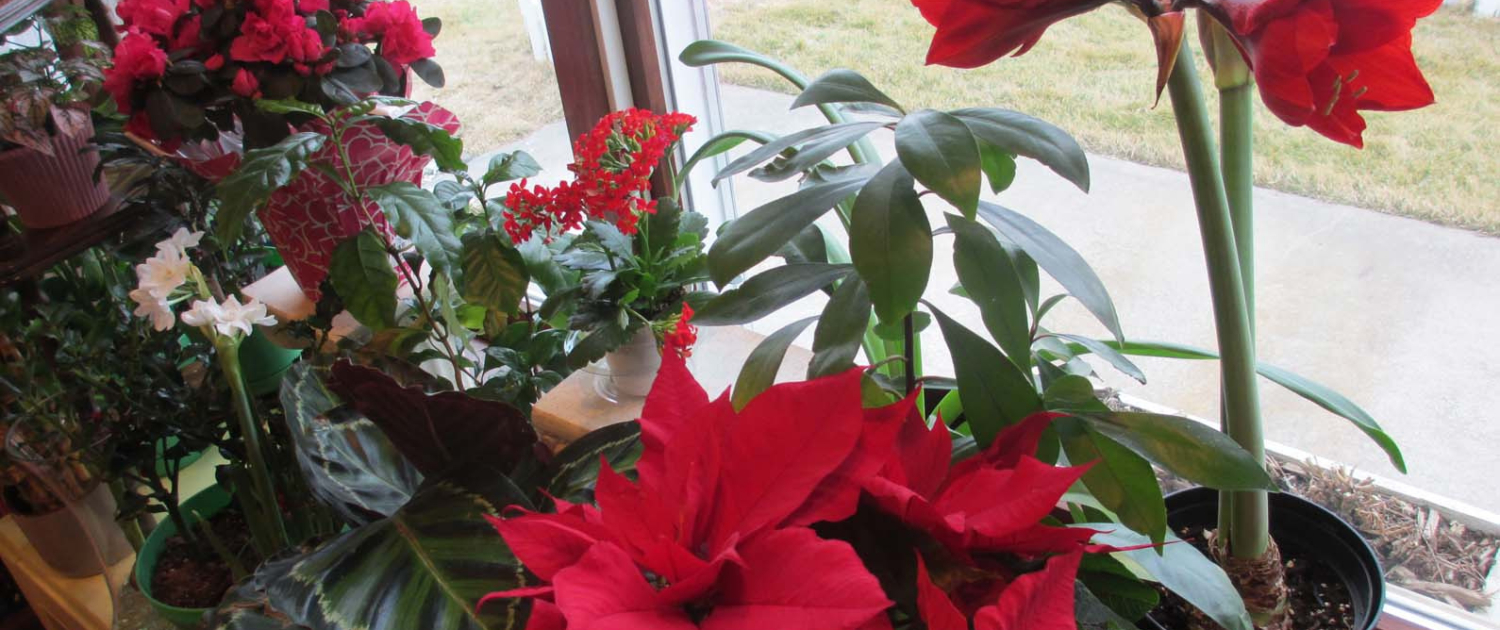
Observe your Plants Inside
Observe your Plants Inside
When growing heat-loving plants inside in British Columbia, regularly check them for signs of pests, diseases, or stress. Ensure they receive enough light, moving them if necessary, and maintain stable humidity. For balanced sunlight exposure, occasionally rotate the pots so every side of the plant gets light.

